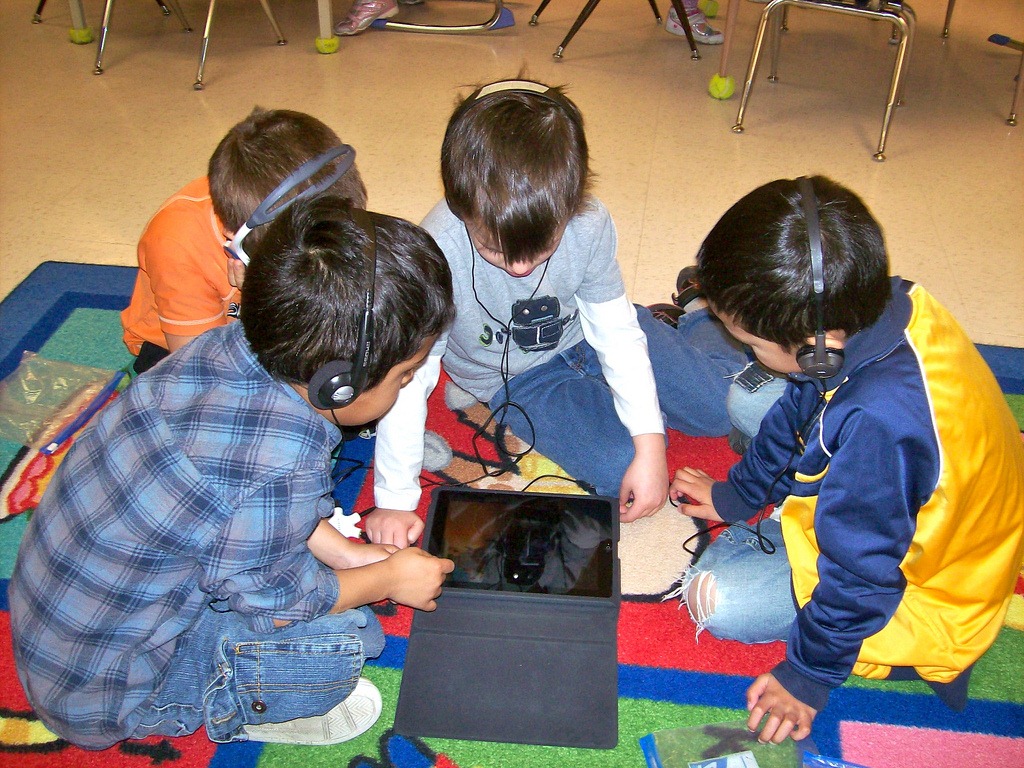[A version of this article first appeared as a post on my blog From the Front of the Choir]
Sometimes you might have to learn your song part from a recording rather than with everyone else together in a choir session.

Here are some hints on how to do that in the most effective way.
There are several reasons why you might end up having to learn your part from a recording:
- you’re in a competition choir – lots of barbershop and competition choirs focus almost entirely on performance and ask their members to come to rehearsals already knowing their parts. They usually supply CDs with separate parts recorded on them. In the modern world, parts can also be supplied as MP3 downloads or exist on members-only sections of the choir website.
- you’ve joined a choir with a huge repertoire – it’s not possible to keep re-teaching the old songs in an established choir. One solution is to make parts CDs available to choir members so they can learn at home in their own time.
- you’re a non-reader in a sight reading choir – some of the best singers can’t read music, even some professionals. In order to come prepared to a rehearsal, your choir director might make parts recordings available for those who don’t sight read.
- you want to teach a new song – and the arrangement is only available as a recording. Many song arrangers either don’t use written notation or make their work as accessible as possible and just provide recordings rather than song books.
Here are some hints on how best to learn your part from a recording (see also How to practice a choir song on your own). I’m assuming that each part has been recorded separately. Sometimes you can hear the other parts quietly in the background, and sometimes it’s just your part on its own.
- learn your part first – spend a lot of time just listening to your part. Don’t try to sing it at first, but listen carefully until you have internalised it. Then try to sing along. When you think you’ve got it, turn the recording off and have a go. Then check back to see that you’ve got it right.
- learn ALL the verses – don’t just learn the first verse. From the very beginning sing every verse and gradually the words will sink in subconsciously. If whoever made the recording has only sung the first verse words, then make a new copy of yourself singing every verse. Try to avoid having printed lyrics in front of you – use your ears!
- sing against other parts – as soon as you begin to know your part (it doesn’t have to be perfect yet), start to sing against the recordings of the other parts. Rather than putting you off or confusing you, the other parts can often act as a guide and give you a clear sense of where your part needs to go. Do this against each of the other parts in turn, on ALL verses.
- sing against the whole song – once you’ve got the hang of singing against separate parts, try to sing along with a recording of the whole song with all the parts in at the same time.
- change the context – it’s all very well being able to remember your part sitting in the quiet of your living room with no distractions, but you need to practice in a wide range of different contexts to make sure it’s really gone in. Put it on your MP3 player and go for a walk, do the washing up, take a bus ride, put the parts CD on in your car ... the more varied the situations you can practice in, the more likely you are to remember your part well.
- rope in some buddies – singing along with a well-recorded, well-behaved parts recording is all well and good, but singing with real live people is a whole other game. Get some friends round, preferably choir members who sing different parts, and try singing together. It will help them as well as you! There is now no fixed point – anybody can go wrong at any time (unlike a recording) so this will expose any danger points that you can deal with before you rehearse with the whole choir. Be prepared!
Learning from a recording is – for me – always second best to learning with others in a choir session, whether you use written scores or not. Learning live with others allows for harmonies to be brought in sooner, makes it a more sociable event, and enables your choir leader to nip any mistakes or bad habits in the bud.
Learning at home on your own can promote bad habits and also you end up copying exactly what you hear (dynamics, vocal style, speed, etc.) which is hard to change later when you’re rehearsing the song.
I do hope you find these hints helpful. I’d love to hear any other useful tips you might have. Do you learn from recordings? What are the downsides (or advantages)? Do you prefer to learn in the company of others?
To get more posts like this delivered straight to your inbox,
click to subscribe by email.
Chris Rowbury
website: chrisrowbury.com
blog: blog.chrisrowbury.com
Facebook: Facebook.com/ChrisRowbury
Twitter: Twitter.com/ChrisRowbury
Monthly Music Roundup: Tinyletter.com/ChrisRowbury
